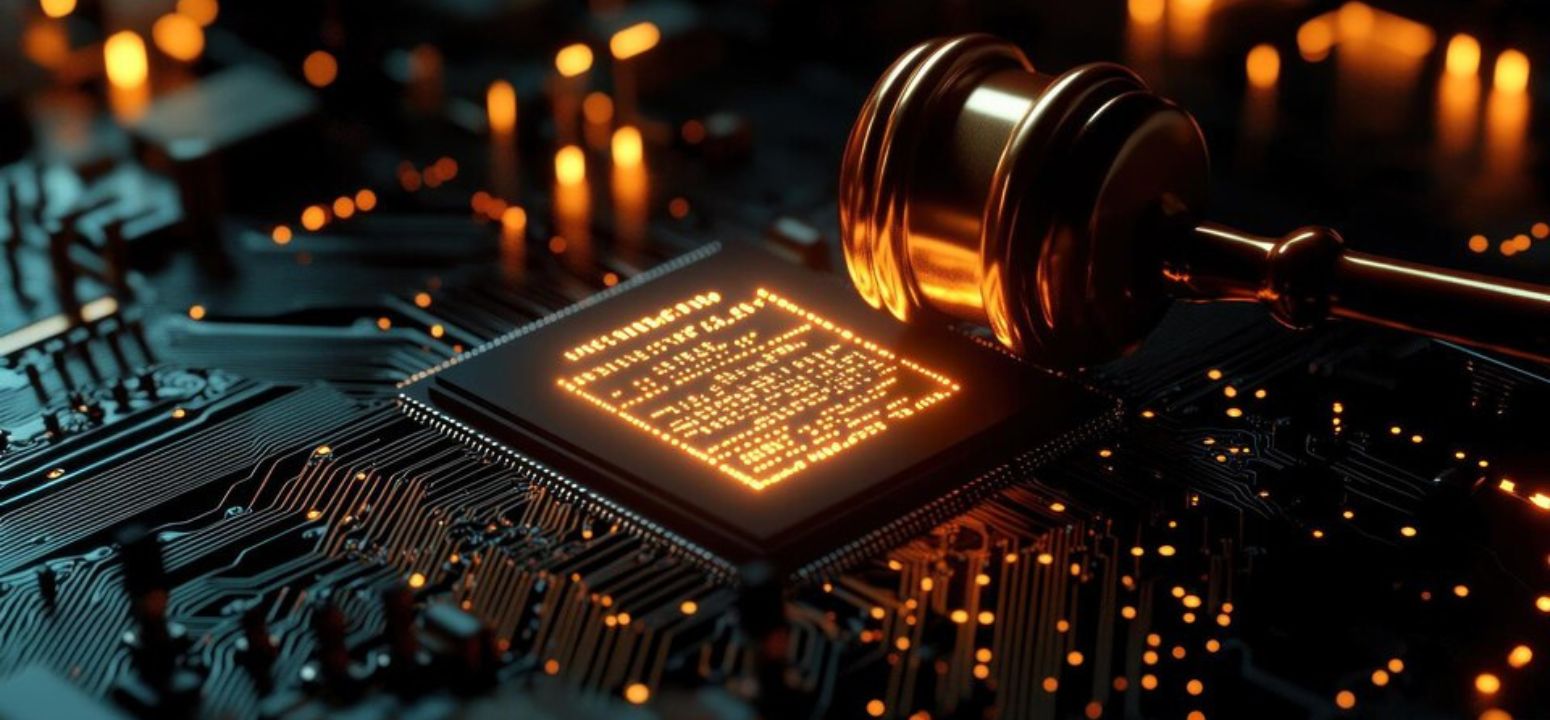Coulomb’s Law and Charge Carrier Behavior in Semiconductors: Understanding Drift and Diffusion

Coulomb’s Law plays a crucial role in semiconductor physics, particularly when it comes to understanding the behavior of charge carriers—electrons and holes. In semiconductor materials, Coulombic interactions between these charged particles have a significant impact on their movement, which ultimately influences the operation of electronic devices. In this blog, we will discuss how Coulombic interactions affect charge carriers in semiconductors and how they relate to two important processes: drift and diffusion.
What is Coulomb’s Law?
Coulomb’s Law describes the force between two charged particles. It states that the force between two charges is directly proportional to the product of their magnitudes and inversely proportional to the square of the distance between them. In semiconductors, Coulomb’s Law governs the interactions between charge carriers such as electrons and holes, impacting their overall behavior in the material.
Charge Carriers in Semiconductors
Semiconductors, like silicon, contain two primary types of charge carriers:
- Electrons – negatively charged particles.
- Holes – the absence of an electron in a semiconductor, which acts like a positive charge.
The movement of these charge carriers is key to the functionality of semiconductor devices. Their motion is influenced by electric fields, thermal energy, and interactions with other particles, all of which are governed by Coulombic forces.
Drift Process in Semiconductors
Drift refers to the movement of charge carriers in response to an external electric field. When an electric field is applied to a semiconductor, electrons move toward the positive terminal, while holes move toward the negative terminal. This movement occurs because of the Coulombic force exerted by the electric field on the charge carriers.
The external electric field creates a force that drives electrons and holes in opposite directions. This force is proportional to the strength of the electric field, which determines how fast the charge carriers move. The drift velocity of the carriers depends on the magnitude of the applied field and the mobility of the carriers in the material.
This drift current is an essential aspect of semiconductor device operations, including transistors and diodes.
Diffusion Process in Semiconductors
Diffusion occurs when there is a concentration gradient of charge carriers within the semiconductor. In this process, electrons and holes move from regions of high concentration to regions of low concentration. Diffusion is driven by random thermal motion, but Coulombic interactions also play a significant role in regulating how the carriers spread out.
In addition to random motion, the repulsive forces between similarly charged particles (either electrons or holes) accelerate the diffusion process. The Coulombic force between like charges pushes them apart, causing the carriers to move more rapidly from high-concentration areas to low-concentration areas.
The diffusion current is crucial in processes like the formation of a depletion region in p-n junctions, a fundamental aspect of diodes and transistors.
Drift-Diffusion Behavior and Coulombic Forces
In semiconductors, both drift and diffusion processes are essential for understanding charge carrier movement. Coulombic interactions are embedded in both: the electric field influences drift, while repulsive forces between like charges influence diffusion. Together, they define how electrons and holes move within the semiconductor material under various conditions.
Impact of Coulombic Interactions on Device Performance
Understanding the influence of Coulomb’s Law on charge carrier behavior is critical for optimizing the performance of semiconductor devices. Coulombic forces dictate how quickly and efficiently charge carriers can move through a material, which in turn affects device speed, efficiency, and power consumption. Engineers must consider both drift and diffusion when designing semiconductors for applications such as transistors, diodes, and integrated circuits.
Conclusion
Coulomb’s Law is a fundamental principle that governs the behavior of charge carriers in semiconductors. By affecting both the drift and diffusion processes, Coulombic interactions play a vital role in the operation and performance of semiconductor devices. Whether you’re working on improving device efficiency or designing new semiconductor technologies, understanding these forces is essential to optimizing charge carrier behavior.
By explaining how Coulombic forces affect drift and diffusion, this blog provides insight into the underlying principles that shape modern semiconductor devices. Understanding these interactions can help you better appreciate the complexity of semiconductor design and its importance in the electronics industry.






